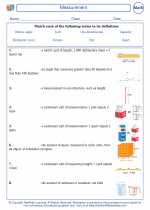Square
A square is a special type of quadrilateral, which is a polygon with four sides. What sets a square apart from other quadrilaterals is that all four of its sides are equal in length, and all four of its angles are right angles (90 degrees).
Properties of a Square
1. Equal sides: All four sides of a square are of equal length. This means if one side is 's', then all sides are 's'.
2. Right angles: All four angles of a square are right angles (90 degrees).
3. Diagonals: The diagonals of a square are equal in length and bisect each other at right angles.
4. Perimeter: The perimeter of a square is four times the length of one of its sides, so if the length of a side is 's', then the perimeter is 4s.
5. Area: The area of a square is the length of one of its sides squared, so if the length of a side is 's', then the area is s2.
Formulas for a Square
Perimeter = 4 × side length (P = 4s)
Area = side length × side length (A = s2)
Study Guide
To understand squares better, make sure to focus on the following:
- Understand the definition of a square and its properties.
- Learn how to calculate the perimeter and area of a square using the formulas provided.
- Practice identifying squares and their properties in everyday objects and shapes.
- Work on solving problems involving squares to solidify your understanding.
Remember to ask your teacher or tutor for help if you have any difficulties with understanding squares and their properties.
[Square] Related Worksheets and Study Guides:
.◂Math Worksheets and Study Guides Fourth Grade. Measurement

 Activity Lesson
Activity Lesson
 Activity Lesson
Activity Lesson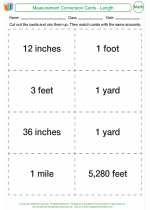
 Activity Lesson
Activity Lesson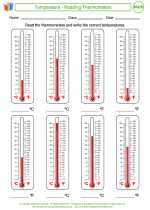
 Worksheet/Answer key
Worksheet/Answer key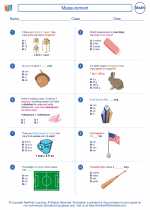
 Worksheet/Answer key
Worksheet/Answer key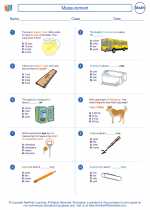
 Worksheet/Answer key
Worksheet/Answer key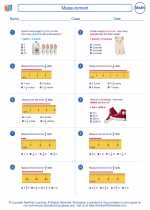
 Worksheet/Answer key
Worksheet/Answer key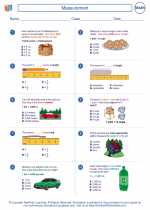
 Worksheet/Answer key
Worksheet/Answer key
 Worksheet/Answer key
Worksheet/Answer key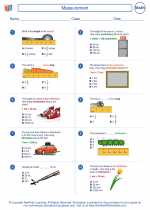
 Worksheet/Answer key
Worksheet/Answer key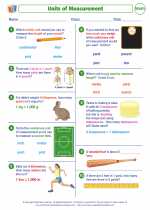
 Worksheet/Answer key
Worksheet/Answer key
 Worksheet/Answer key
Worksheet/Answer key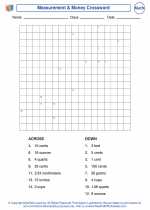
 Worksheet/Answer key
Worksheet/Answer key
 Vocabulary/Answer key
Vocabulary/Answer key
 Vocabulary/Answer key
Vocabulary/Answer key
 Vocabulary/Answer key
Vocabulary/Answer key